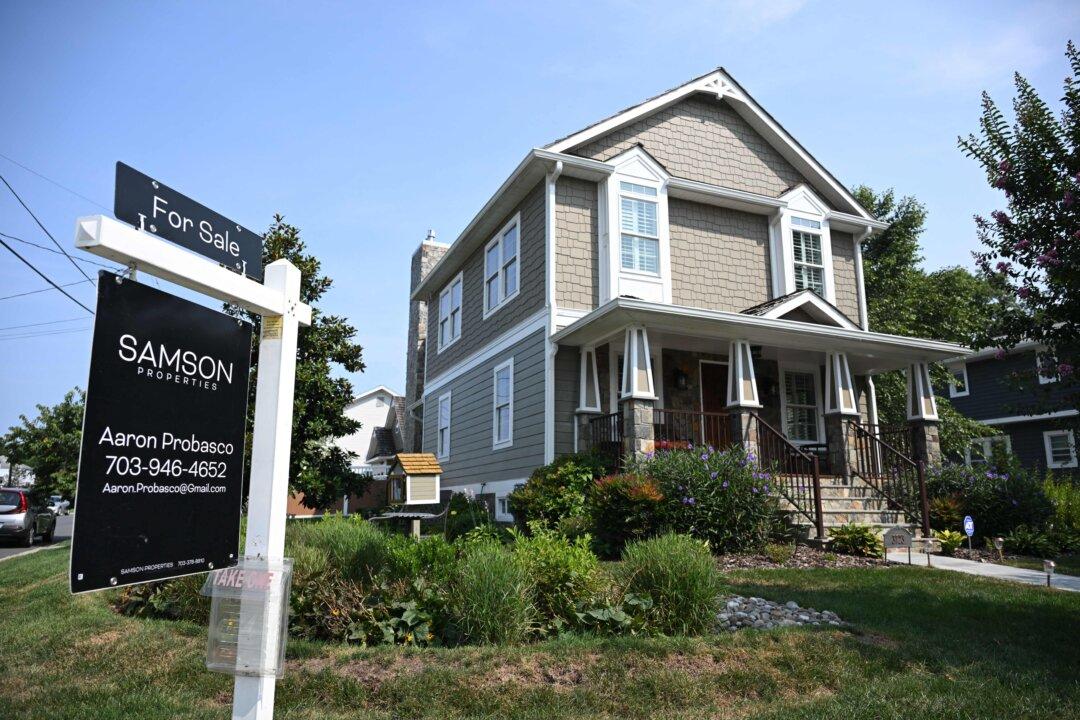For the week ending Nov. 13, the fixed 30-year mortgage rate dipped to 6.78 percent from 6.79 percent in the previous week, according to the Federal Housing Agency’s Primary Mortgage Market Survey.
The 15-year fixed-rate mortgage was also flat at 5.99 percent.
“After a six-week climb, rates have leveled off, but overall affordability continues to be an issue for potential homebuyers,” said Sam Khater, chief economist at Freddie Mac.
Comparable movements were observed in alternative weekly mortgage measurements.
Mortgage rates are now at their highest levels since late July.
Since hitting a 23-year high in November 2023, the national mortgage market has been trending downward, hitting a bottom of 6.08 percent at the end of September.
Recent mortgage rate gauges have mirrored the unexpected spike in U.S. Treasury yields.
Even as the Federal Reserve launched its new easing cycle with a jumbo half-point interest rate cut in September, bond yields have rocketed.
The benchmark 10-year yield has climbed about 80 basis points to a four-month high of 4.4 percent.
Economists have attributed the bond movement to concerns about the federal government’s fiscal health and confidence in the broader economic landscape.
Still, in the aftermath of the presidential election, housing activity rebounded, says Joel Kan, the deputy chief economist at the Mortgage Bankers Association.
“Despite the increase in rates, applications increased for the first time in seven weeks,” Kan said in the report. “Purchase applications picked up and remained close to levels from a year ago.”
Interest is picking back up, too, says Chen Zhao, Redfin’s economic research lead.
The organization’s Homebuyer Demand Index—a metric for tours and other buying services from Redfin agents—surged by 15 percent to its best level in more than a year.

Housing activity had stalled in recent months as buyers were waiting for the election to finish and the Federal Reserve to cut interest rates.
Foreclosure Activity Stabilizes, Delinquencies Rise
U.S. foreclosure activity stabilized in October, an industry report found.This is up by 4 percent from a month ago and down by 11 percent from a year ago.
“Foreclosure activity remains challenging for U.S. homeowners, with starts and completed foreclosures up in October,” Rob Barber, CEO of ATTOM, said in a statement.
“As we approach 2025, the recent Fed rate cut and the new administration could impact mortgage rates and market stability.
“While seasonal factors may slow things down briefly, we’ll be watching closely to see how these recent dynamics affect the market in the coming year.”
Recent numbers are suggesting that homeowners are struggling to afford their mortgages.
The agency’s multifamily delinquency rate also inched higher to 0.39 percent from 0.38 percent.
Additionally, mortgage debt flows into serious delinquency (90 days or more delinquent) rose to 1.08 percent from 0.72 percent in the third quarter of 2023.
Regional Fed economists reported that mortgage debt surged by $75 billion to $12.59 trillion.
Home equity line of credit balances also rose by $7 billion to $387 billion, “representing the 10th consecutive quarterly increase” since the first quarter of 2022.
While this is the highest level since July, the amount is down by 1.3 percent from a year ago.







